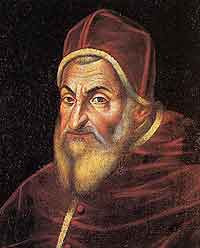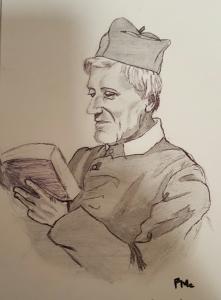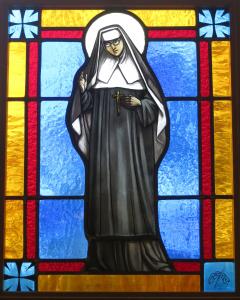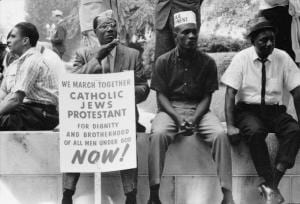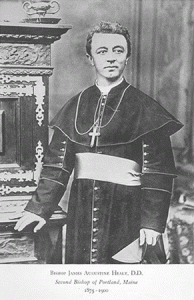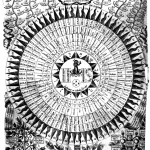Born Felice Perretti in 1521, joined the Minorite friars at an early age. Ordained in 1547, he became famous as a preacher and was also an accomplished diplomat. In 1566 Pius V created him Bishop of Sant’ Agata dei Goti in Naples and later chose him as his confessor. In 1570 he was named a cardinal. As pope, he was a born ruler and especially suited to stem the tide of disorder and lawlessness which had broken out towards the end of the reign of Gregory XIII. Though extremely economical in other ways, Sixtus V spent immense sums in erection of public works. Far-reaching were the reforms which Sixtus V introduced in the management of ecclesiastical affairs. He fixed the number of cardinals at seventy. He created several congregations to help run the Church, including the those of the Inquisition; the Signatura; and Rites and Ceremonies; to name a few. These congregations lessened the work of the pope, without in any way limiting his authority. In the creation of cardinals Sixtus V was, as a rule, guided by their good qualities. The only suspicion of nepotism with which he might be reproached was giving the purple to his fourteen-year-old grand-nephew Alessandro, who, however did honour to the Sacred College and never wielded an undue influence.
(Adapted from the 1911 Catholic Encyclopedia)
(Adapted from the 1911 Catholic Encyclopedia)

